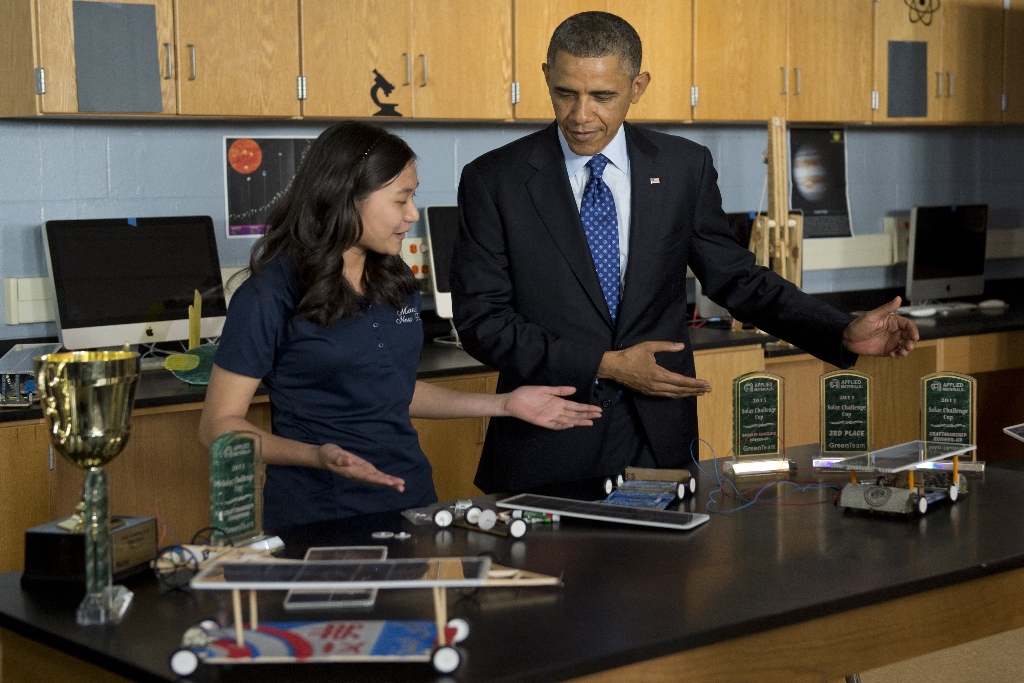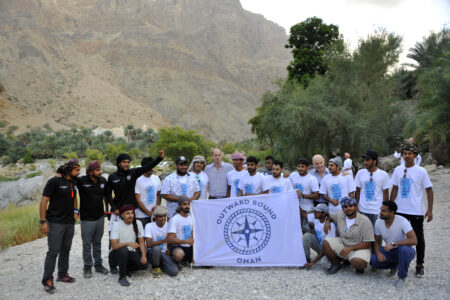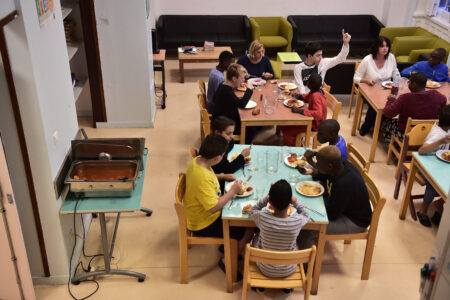
Posh uniforms. Swanky facilities. Trips abroad. All of these conjure the image of the best private high schools in the US.
In the media, it seems like this elitist feat is something that only old-money kids, or lucky scholarship winners are privy to. It’s not entirely wrong — over the years, only about 10% of students in the US attend private high schools.
And oftentimes, these students leave their public school counterparts in the dust.
At least, that’s what is said on paper. The National Assessment of Educational Progress examined public and private school students in math, reading, science, writing, and more — and in almost all of them, the private school kids performed better.
From there, it’s an easy matter to move on to elite university placements. Think of the Ivy Leagues like Harvard, Stanford, Columbia, Princeton — you name it, they’ve got it.
The statistics of success for private schools look attractive on record, but it does make you wonder: is there a reason behind all of this? Are private schools in the US really that much better than public?
Public vs. private high schools
There’s no tip-toeing around the fact that many of the best private high schools in the US are expensive.
Public schools are more accessible to many lower- to middle-class families because they are tuition-free from the age of five to 18 — courtesy of taxpayers. Going to a private school means adding an additional price tag to your books, which may spike up to US$60,000.
When that’s brought to light, it’s all a socioeconomic ball game. Families would need the resources to meet tuition costs at private high schools or attain some sort of financial aid.
A Latina student wrote to The Guardian about her experience attending a private school on the Upper East Side of New York, having received a scholarship. In the article, she wrote that while there was a point where she grew unhappy due to being unable to fit in with her white, more affluent peers, it didn’t stop her from trying her best in her education.
“In spite of everything, I knew how lucky I was,” she added. “At my school, it was a given that everyone would not only graduate, but that all of us would go to college. For most kids in my neighbourhood, that wasn’t the case.”

Not everyone can afford to attend a private school, much less the best private high schools in the US. Source: AFP
Some of the best high schools in the US in terms of the quality of education are public: the Staten Island Technical High School, Maggie Walker Governer’s School, Walter Payton College Prep, and more. All three schools have a 99% average graduation rate and a 1400 to 1410 average SAT score.
Yet, on the same side of the picture, things are a little more bleak.
Certain public high schools face a distinct lack of funding. This results in fewer working facilities, less money to hire qualified teachers, and fewer learning resources for students to better their skills. These are things which private high school students have almost unlimited access to.
Ultimately, there’s no guarantee that your child will succeed in a private high school, the same way they’re not guaranteed to fail in a public school. It is simply a matter of hard work, effort, and — fortunately or unfortunately — some luck.
Private high schools often have teachers who are trained subject matter experts, small-sized classrooms fit for gaining personalised attention from said teachers, and cutting-edge facilities. In contrast, public schools are much less of a cost burden, much more diverse in student backgrounds, are more accessible to the community, and their teachers are certified to you know — teach.
If you’re looking to send your child to one of the best private high schools in the US, then we’ve compiled a list of the top candidates in the running.
These highly-ranked schools nurture students into adventurous and independent learners, raking in top-notch grades and entrances into the most prestigious universities worldwide.
These are the best private high schools in the US

Nowadays, public schools account for half of enrolment at Ivy League universities — so it’s not just private schools alone. Source: AFP
St. John’s Prep (Boston, MA)
Massachusetts is chock-full of highly-ranked private high schools, and one of them is St. John’s Prep, located in the city of Danvers — a suburb just northeast of Boston.
It’s an all-boys middle and high school, with 90 communities represented in the student population from grades six to 12. Founded by the Xaverian Brothers in 1907 as a Catholic school, their education is embedded in five core values: simplicity, humility, compassion, trust, and zeal.
The Brearley School (New York, NY)
In the iconic Upper East Side where Blair Waldorf paraded her attitude in “Gossip Girl,” the Brearley School stands as the top all-girls high school in the US, according to Niche’s 2025 ranking.
With nearly 140 years of history, the Brearley girls experience a collaborative culture through their education, aided by a support system that helps them reach their full potential. Here, girls are encouraged to explore their intellect and learn outdoors as much as they do indoors.
View this post on Instagram
The Lawrenceville School (Lawrenceville, NJ)
One of the best private high schools in the US lives in nature’s lush green surroundings in the Lawrence Township of New Jersey, and it’s the Lawrenceville School. It’s a co-educational school for boarding and day students, and its prestige also makes it one of the most expensive schools in the state and the country.
It’s especially known for its house system, which serves as a home away from home for students travelling from far away.
Students learn about the world during their time at Lawrenceville too, with educational opportunities that take them beyond the classroom. One example is the Harkness Travel Programme, which has taken students to faraway places like Italy, Indonesia, Germany, and more.
View this post on Instagram
The Roxbury Latin School (Boston, MA)
The Roxbury Latin School, located in West Roxbury, Massachusetts, is North America’s oldest boys school, having been founded back in 1645. Today, Roxbury Latin has built its name and acclaim over the past 380 years to become one of the best private high schools in the US.
Students from grades seven to 12 experience a 6:1 student-to-faculty ratio with no more than 12 as an average class size. This means that the kids are getting the required attention to grow to their full potential. They’re one of the more diverse private boys’ high schools, and the faculty and staff take extra care to ensure that their needs are heard and fulfilled.
View this post on Instagram
The Madeira School (McLean, VA)
Just a few minutes from Washington, DC, you’ll find the elite boarding and day college preparatory school designed just for girls — The Madeira School. Here, girls are fierce fighters who transform into women who are ready to lead the world through change, no matter what their passions are.
Students integrate themselves into the community, fostering a global literacy that you simply can’t get from sitting idle in the classroom. Their classes are longer, but there are also fewer, much like in college, which gives the girls plenty of time to get involved with co-curricular clubs and internship programmes.
Loomis Chaffee School (Windsor, CT)
In the corporate and technological hub of Windsor, Connecticut, over 700 students from grades nine to 12 are contributing to the greater good of society in a diverse institution with a 4:1 student-to-teacher ratio. It’s a place where 51 countries are represented by the student body, every student is heard, and every interest is fulfilled — the Loomis Chaffee School.
Their liberal arts curriculum emphasises creativity in thought, highlighting individual perspectives through healthy discussion. They’re pioneers of innovation too, with centres such as the Alvord Centre for Global & Environmental Studies giving a chance for students to make a change.










